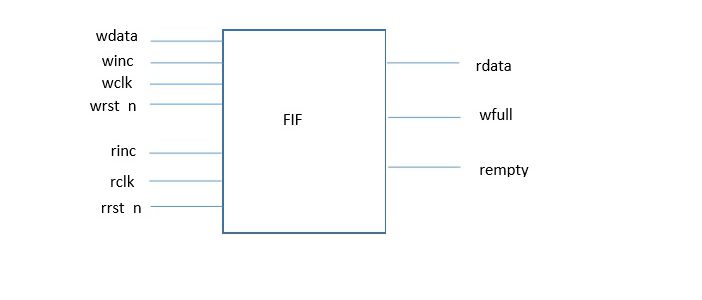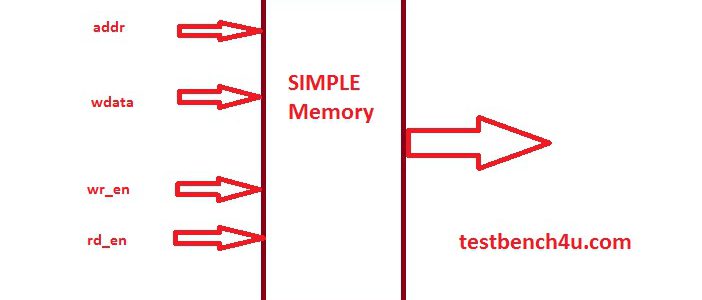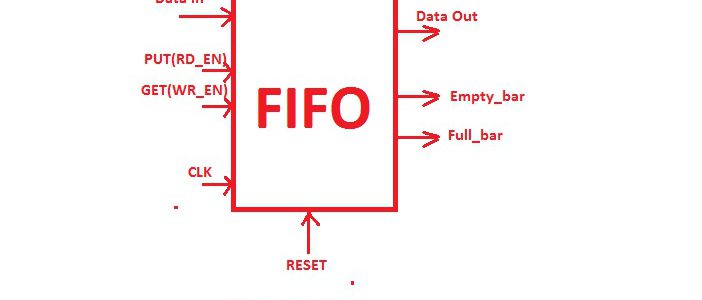What is the practical application of associative arrays in SV? Can you explain with a scenario?
Companies Related Questions, Functional Verification, System Verilog, UVM 0 CommentsWhen the size of the collection is unknown or the data space is sparse, an associative array is used, which does not have any storage allocated until it is used. That means, it is dynamically allocated, but has non-contiguous elements. Associative array’s index expression is not restricted to integral expressions, but can be of any


